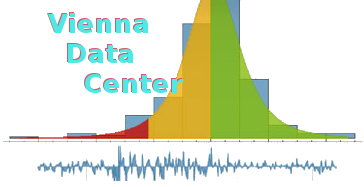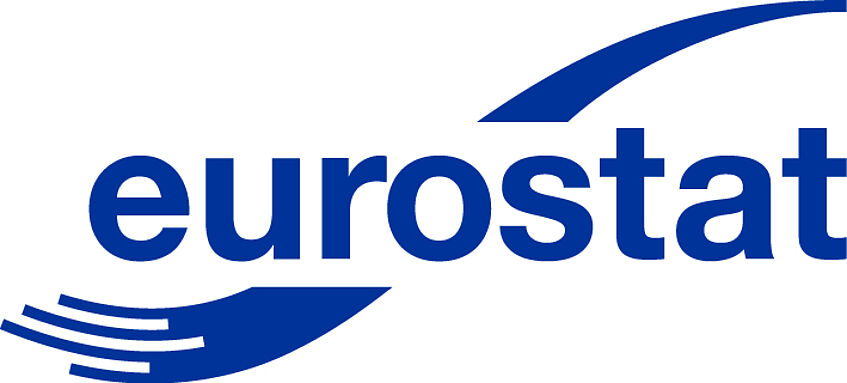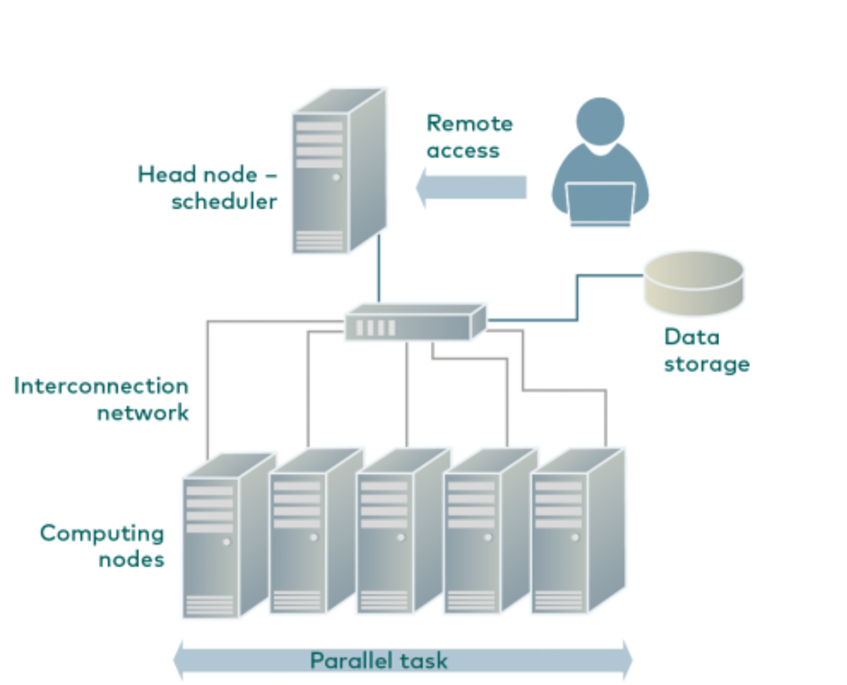more::
EC Statistics on Income and Living Conditions
The European Union Statistics on Income and Living Conditions (EU-SILC) is an instrument aiming at collecting timely and comparable cross-sectional and longitudinal multidimensional microdata on income, poverty, social exclusion and living conditions. This instrument is anchored in the European Statistical System (ESS).
The EU-SILC project was launched in 2003 on the basis of a "gentlemen's agreement" in six Member States (Belgium, Denmark, Greece, Ireland, Luxembourg and Austria) and Norway. The start of the EU-SILC instrument was in 2004 for the EU-15 (except Germany, the Netherlands, the United Kingdom) and Estonia, Norway and Iceland.
The EU-SILC instrument provides two types of data:
-
Cross-sectional data pertaining to a given time or a certain time period with variables on income, poverty, social exclusion and other living conditions
Longitudinal data pertaining to individual-level changes over time, observed periodically over a four-year period.
-
Social exclusion and housing condition information is collected mainly at household level while labour, education and health information is obtained for persons aged 16 and over. The core of the instrument, income at very detailed component level, is mainly collected at personal level.
List of primary variables EU-SILC based data
The EU-SILC has been used to provide data on the structural indicators of social cohesion (at-risk-of poverty rate, S80/S20) and in the context of the two Open Methods of Coordination in the field of social inclusion and pensions.
Since 2010, the outset of the Europe 2020 strategy, EU-SILC data is being used for monitoring the poverty and social inclusion in the EU. A headline poverty target on reducing by 20 million in 2020 the number of people under poverty and social exclusion has been defined based on the EU-SILC instrument. In the same political context a broader portfolio of indicators, including plenty of numerous EU-SILC based data, constitutes the Joint Assessment Framework (JAF) of the EU2020 strategy.
All datasets under the Income and Living conditions (ILC) domain contain EU-SILC data
http://ec.europa.eu/eurostat/
European Community Houshold Pannel
The ECHP was stopped in 2004 and succeeded by EU-SILC. The European Community Household Panel (ECHP) was a panel survey in which a sample of households and persons had been interviewed year after year.
These interviews cover a wide range of topics concerning living conditions. They include detailed income information, financial situation in a wider sense, working life, housing situation, social relations, health and biographical information of the interviewed.
The total duration of the ECHP was 8 years, running from 1994 to 2001 (8 waves). As from 2003/2004, the EU-SILC survey covers most of the above-mentioned topics. The Member States involved were Belgium, Denmark, Germany, Ireland, Greece, Spain, France, Italy, Luxembourg, the Netherlands, Austria, Portugal, Sweden and the United Kingdom. ECHP based data in the database
Plenty of the datasets under the Income and living conditions (ILC) domain under theme "Population and social conditions" contain ECHP based data for the above mentioned periods. This includes several indicators on monetary poverty and distribution of income, which are analysed in different ways (eg. different cut-off thresholds, by age, gender, activity status, tenure status...).
There is also a selection of indicators on non-monetary deprivation derived from ECHP, notably on housing conditions.
Some indicators in the health care collections of the public health domain are derived from ECHP as well.
http://ec.europa.eu/eurostat/
Labour Force Survey
Information on data details relevant for Research Project Proposals:
AGE – by 5-year bands NATIONALITY/COUNTRY OF BIRTH – up to 15 predefined groups NACE – at 1-digit level ISCO – at 3-digit level INCOME – only provided as (national) deciles and from 2009 HHNUM - household numbers are randomised per dataset, not allowing to track respondents across time.
Description of the dataset
The European Union Labour Force Survey (EU LFS) is conducted in the 28 Member States of the European Union, 2 candidate countries and 3 countries of the European Free Trade Association (EFTA) in accordance with Council Regulation (EEC) No. 577/98 of 9 March 1998. At the moment, the LFS microdata for scientific purposes contain data for all Member States plus Iceland, Norway and Switzerland.
The EU LFS is a large household sample survey providing quarterly results on labour participation of people aged 15 and over as well as on persons outside the labour force. All definitions apply to persons aged 15 years and over living in private households. Persons carrying out obligatory military or community service are not included in the target group of the survey, as is also the case for persons in institutions/collective households.
The data collection covers the years from 1983 onwards. In general, data for individual countries are available depending on their accession date. The Labour Force Surveys are conducted by the national statistical institutes across Europe and are centrally processed by Eurostat. The national statistical institutes are responsible for selecting the sample, preparing the questionnaires, conducting the direct interviews among households, and forwarding the results to Eurostat in accordance with the requirements of the regulation. Thus,
it is possible to make available harmonised data at European level using the same concepts and definitions
following International Labour Organisation guidelines
using common classifications (NACE, ISCO, ISCED, NUTS)
recording the same set of characteristics in each country.
In 2014, the quarterly LFS sample size across the EU was about 1.6 millions of individuals. The EU-LFS covers all industries and occupations.
The LFS microdata including years 1983-2014 data were released in December 2015. For full details on the anonymised LFS microdata, please consult documents below:
European Union Labour Force Survey: Additional information LFS based data
A significant amount of data from the European Labour Force Survey (EU LFS) is available in Eurostat's online dissemination database, which is regularly updated and available free of charge. The EU LFS is the main data source for the domain 'employment and unemployment' in the database. The contents of this domain include tables on population, employment, working time, permanency of the job, professional status etc. The data is commonly broken down by age, sex, education level, economic activity and occupation where applicable.
Several elements of indicator sets for policy monitoring are also derived from the EU LFS and freely available in the online database. EU LFS data thus contribute to the Europe 2020 headline indicators, the sustainable development indicators, the European and national indicators / Principal European Economic Indicators, the Macroeconomic Imbalance Procedure (MIP) and other policy relevant indicators.
http://ec.europa.eu/eurostat/











